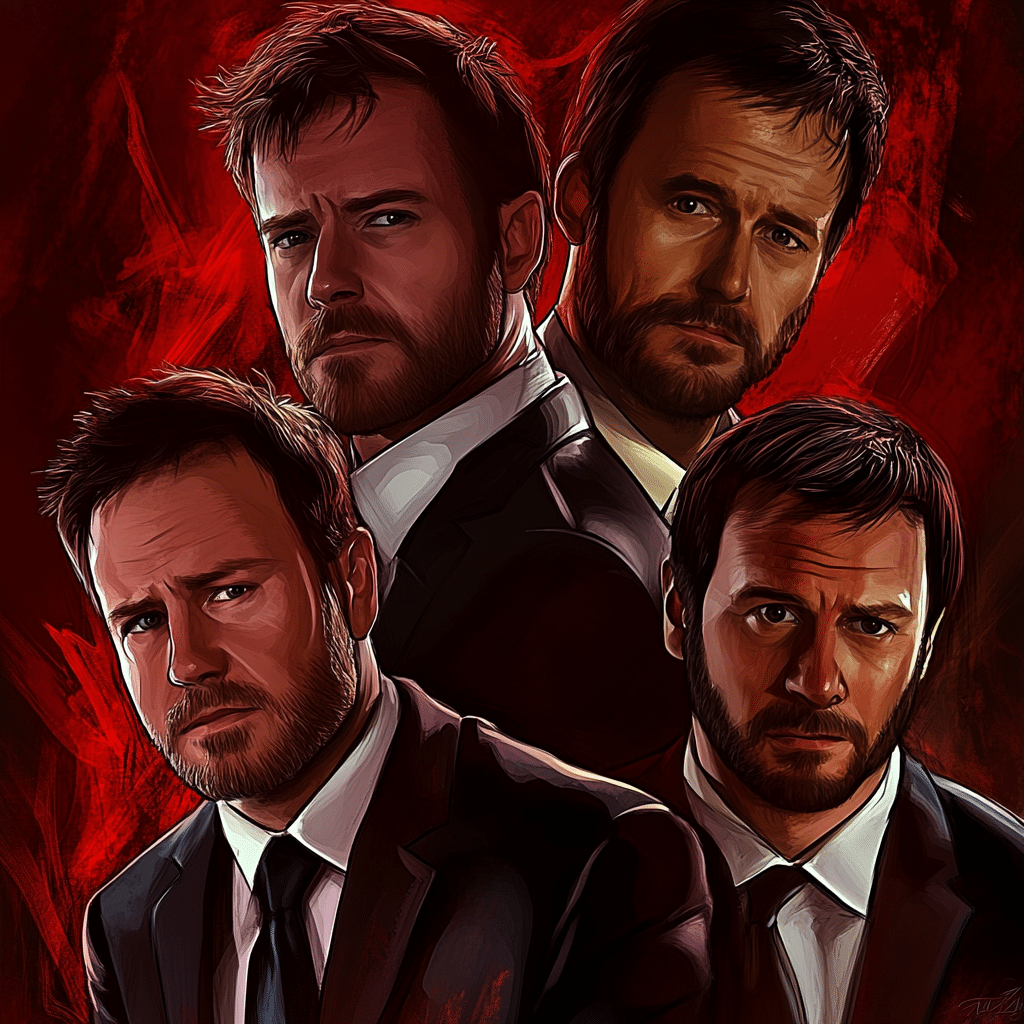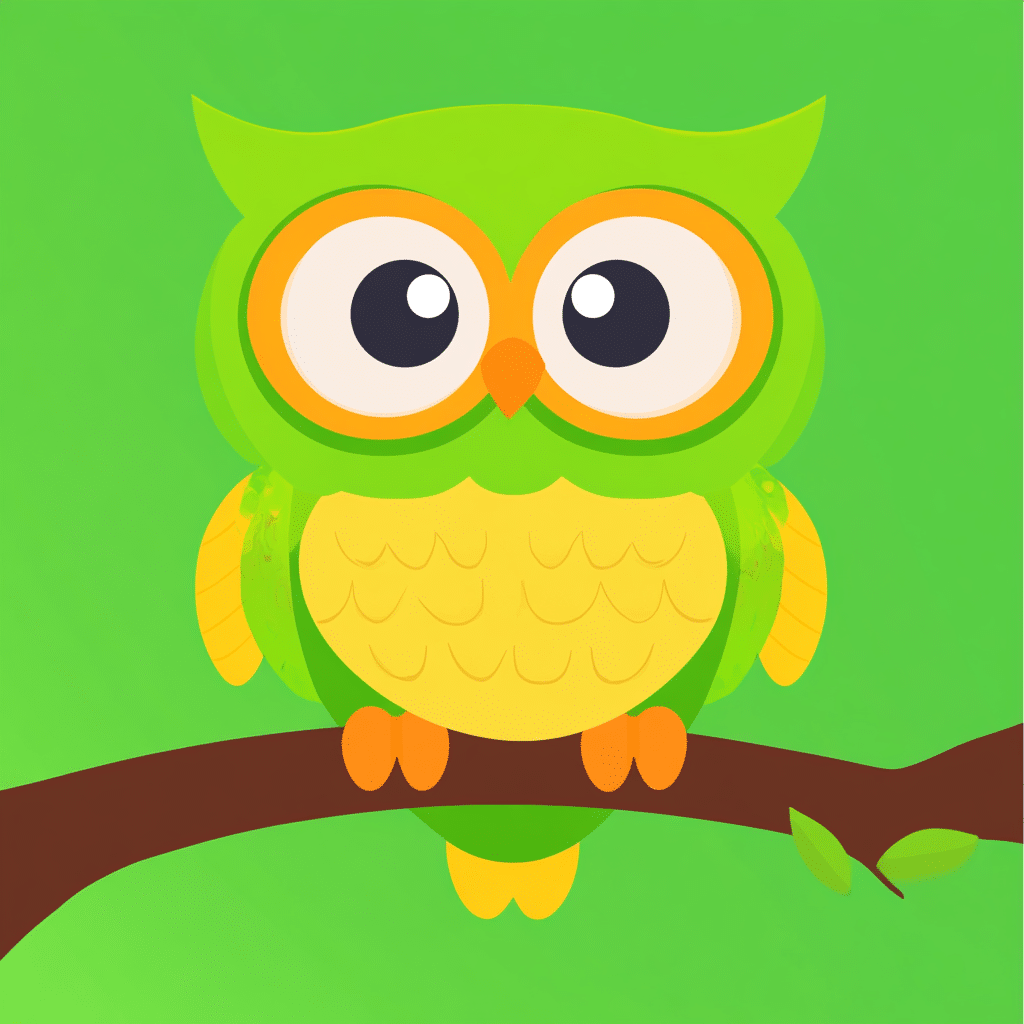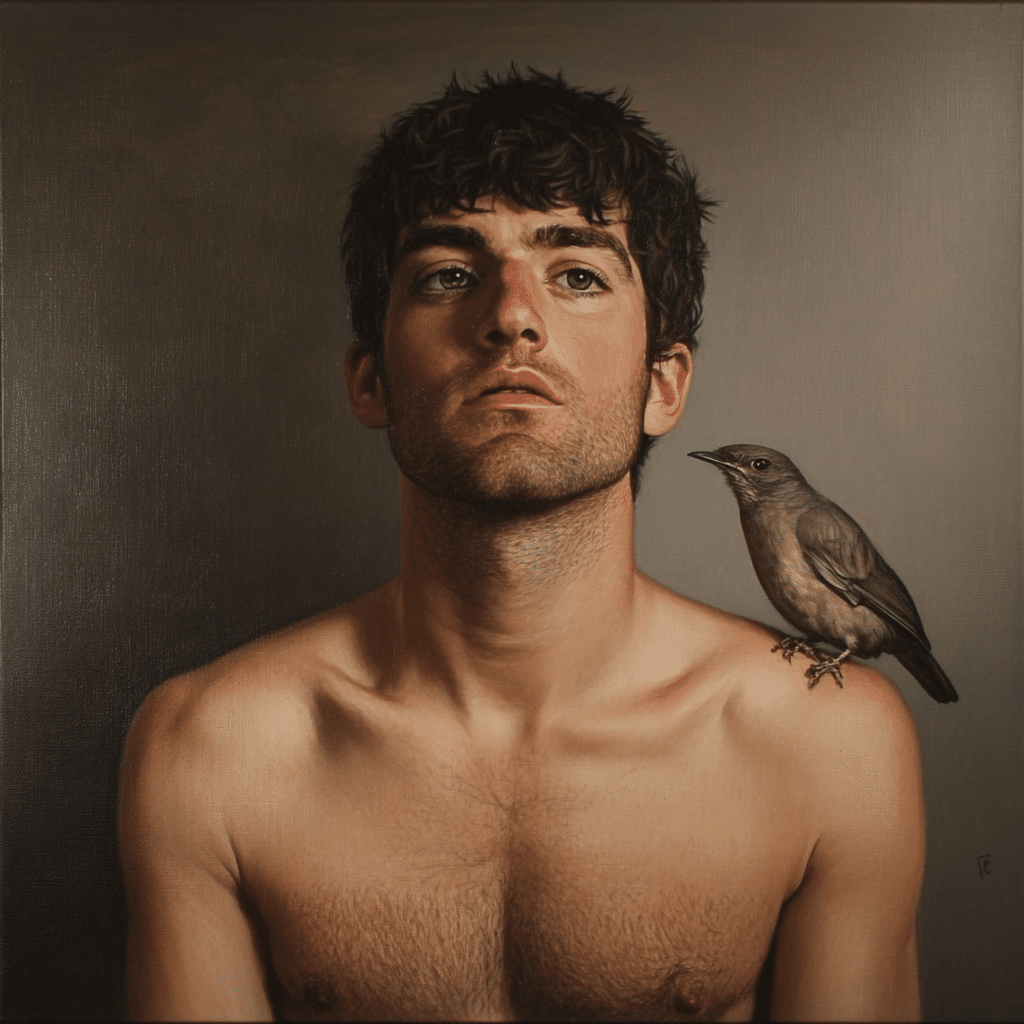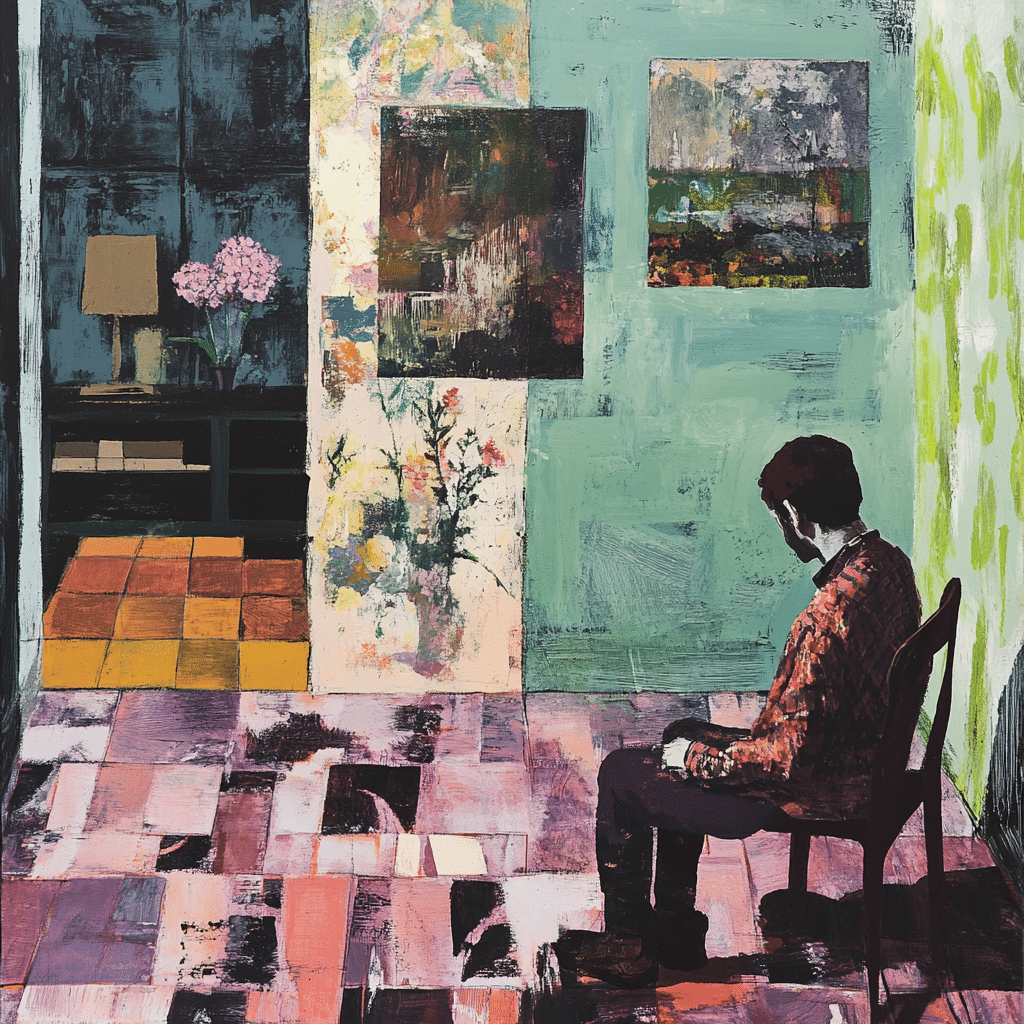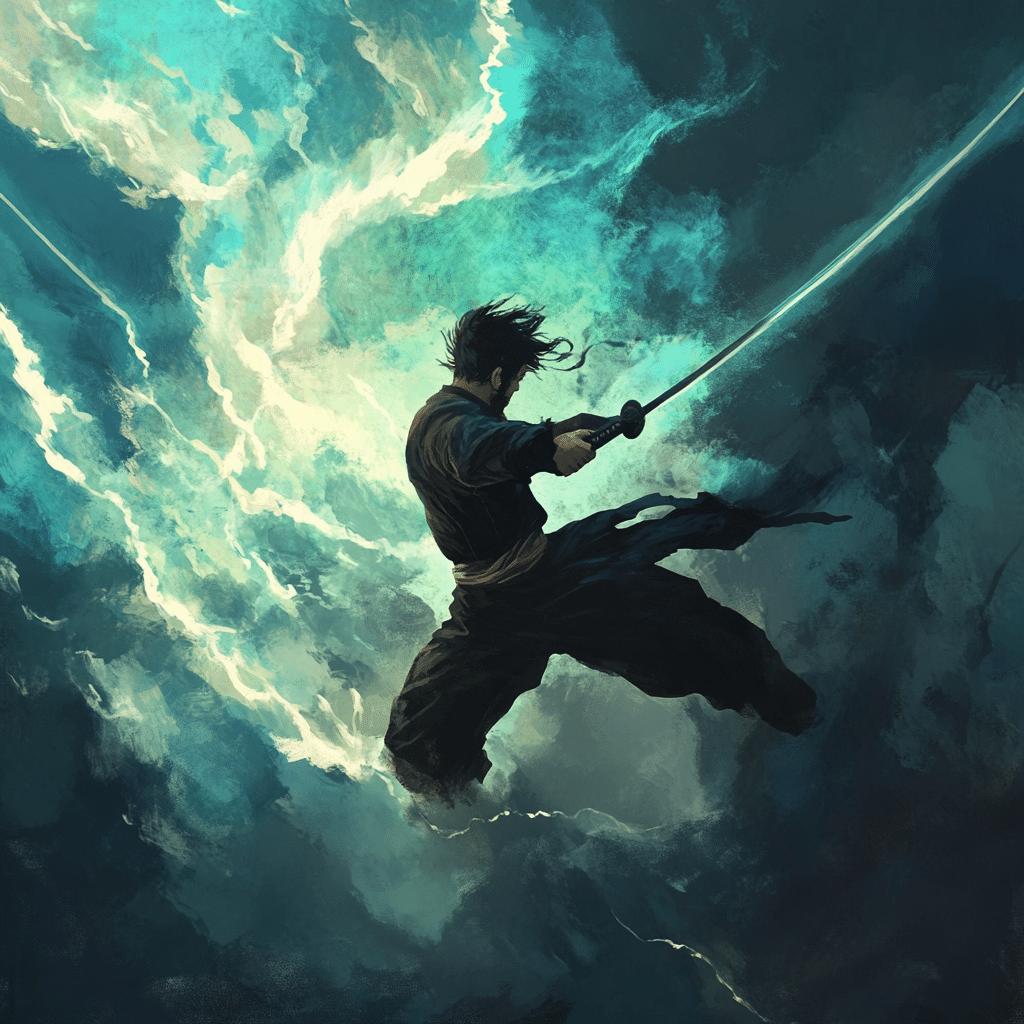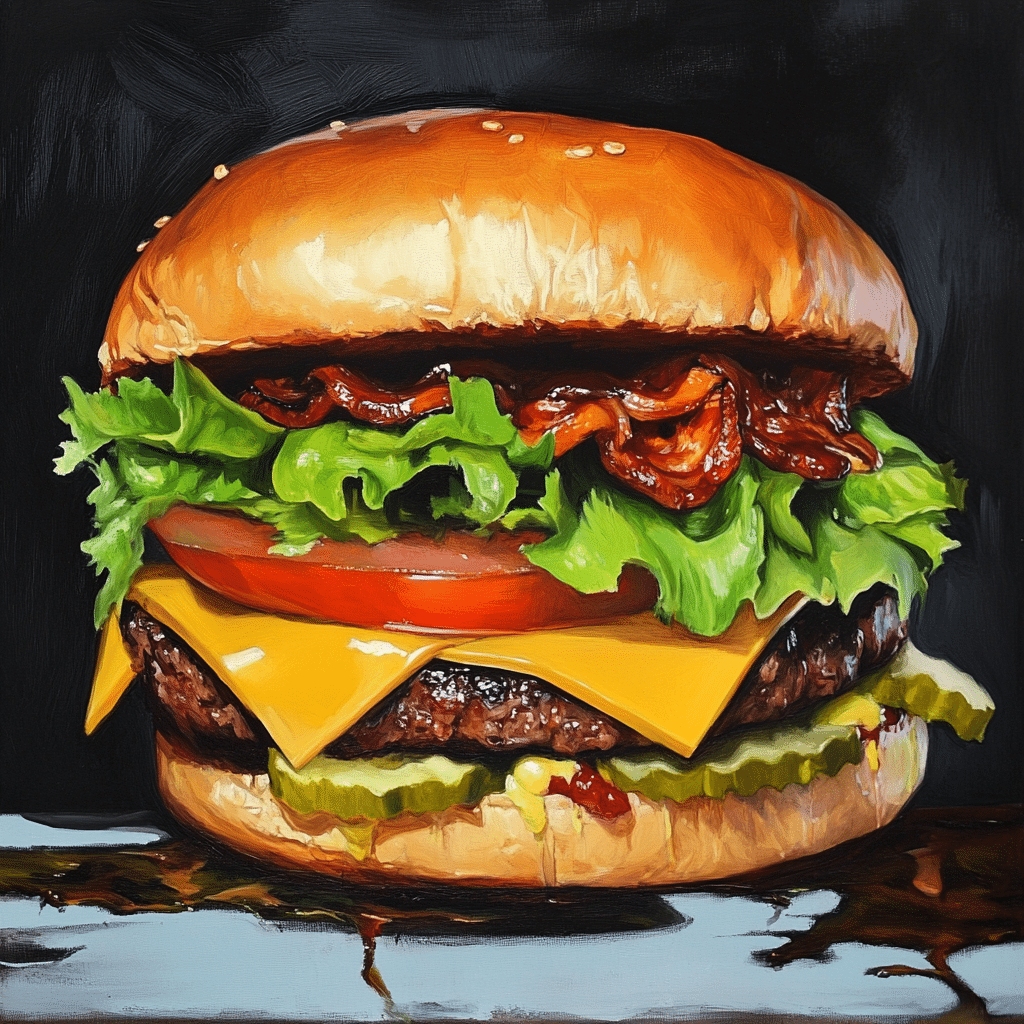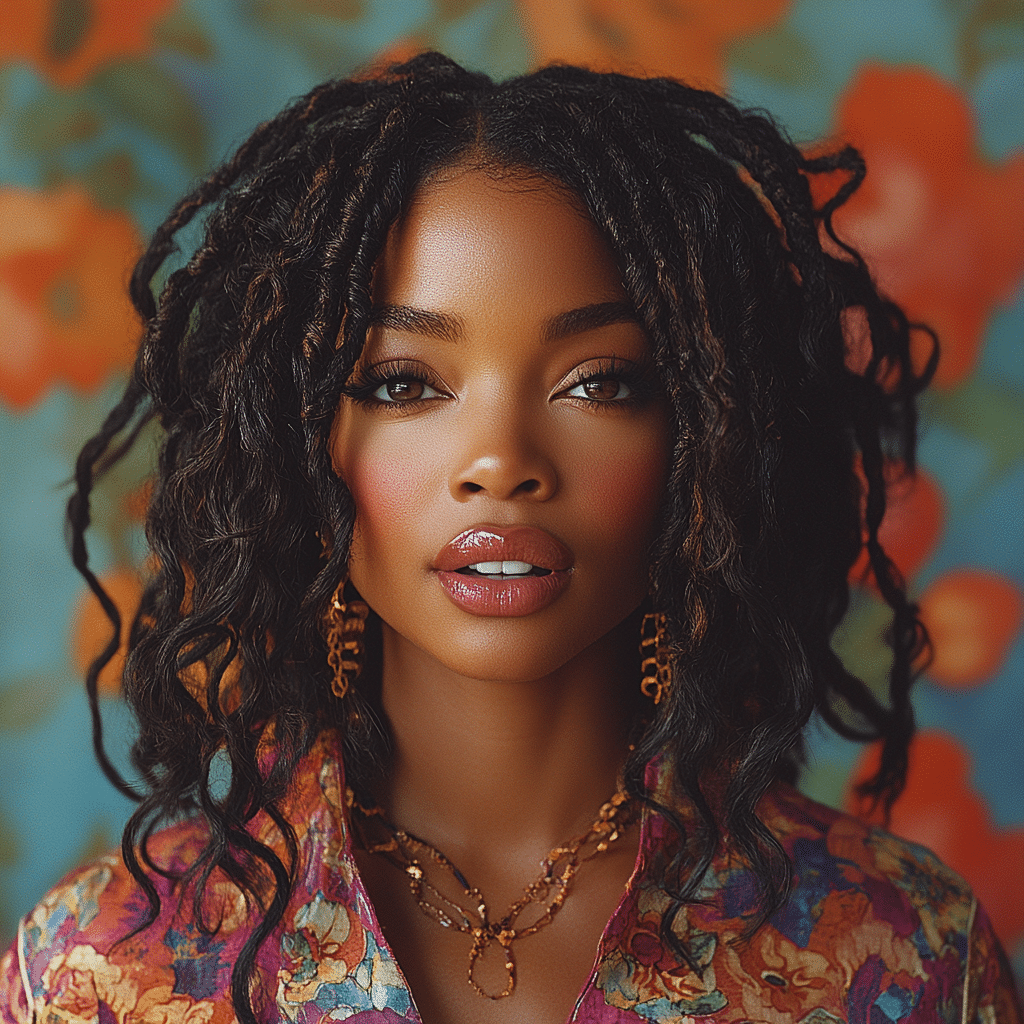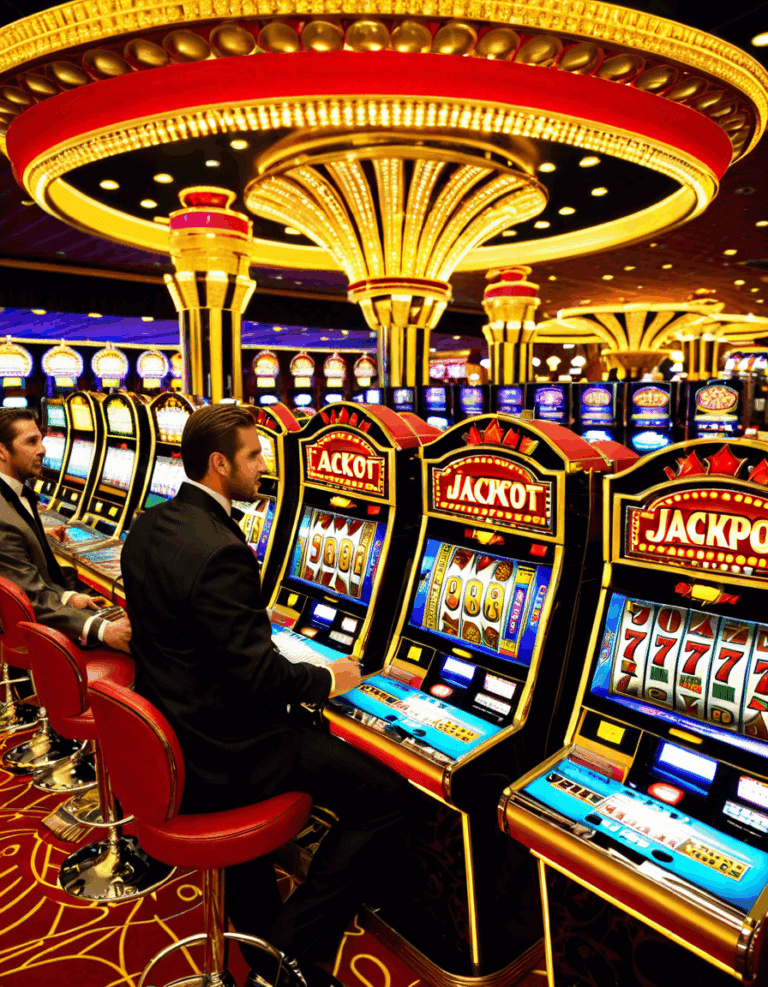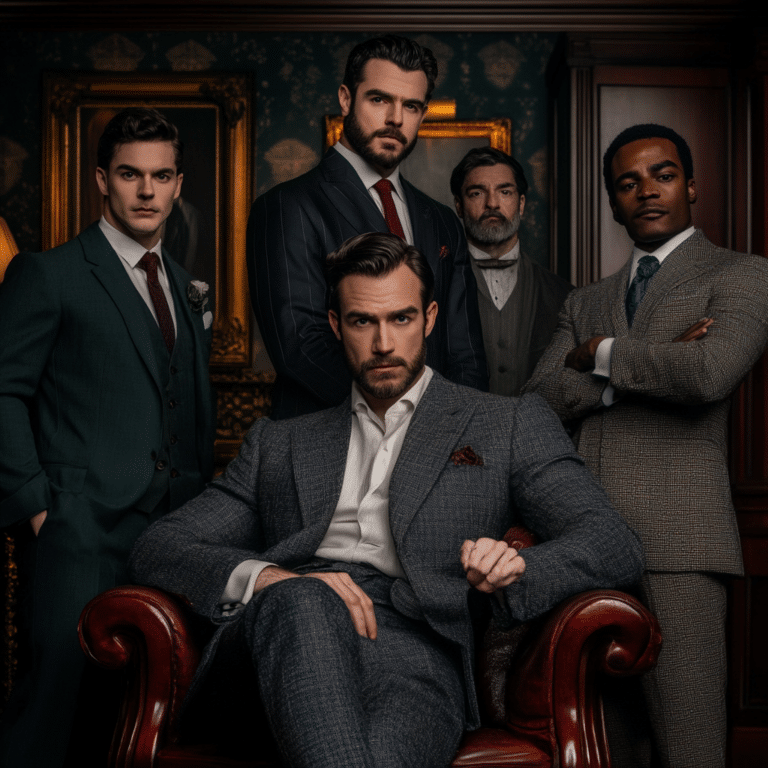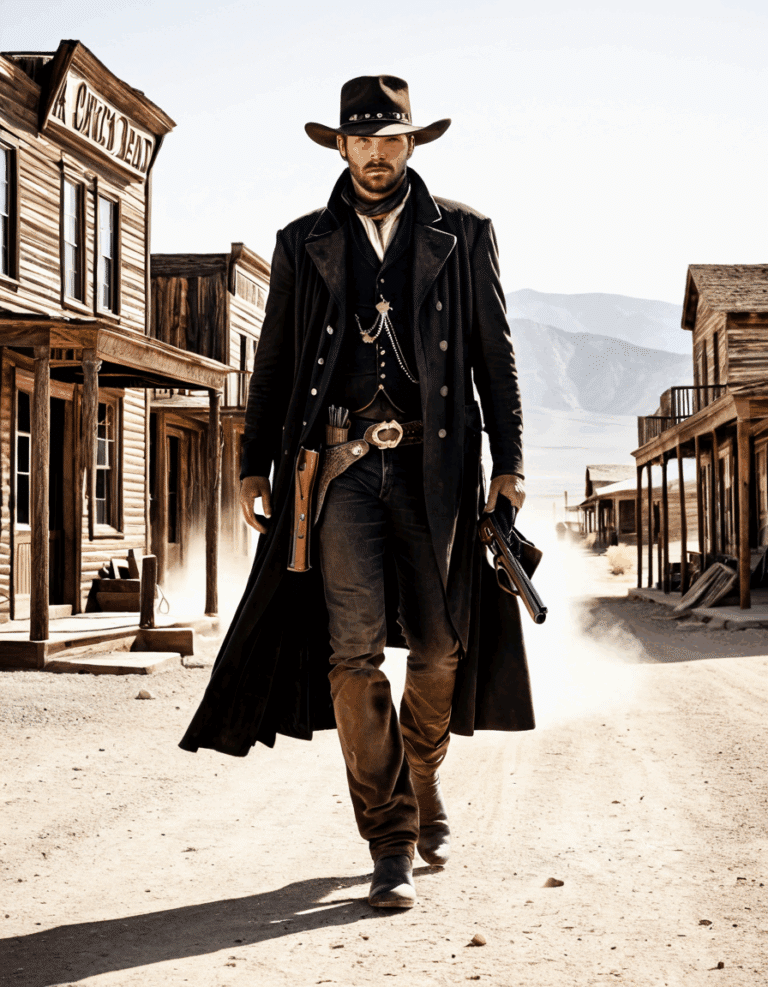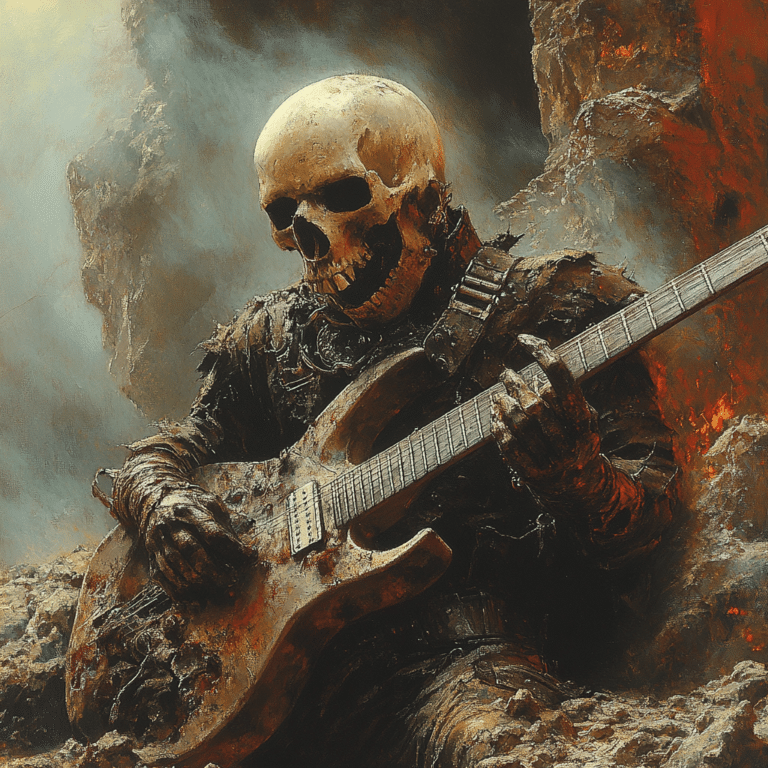What killed Mickey Mouse? It’s a question many fans have pondered as they see the iconic character drift from the spotlight. With the clock ticking since the original “Steamboat Willie” debuted in 1928, it seems like Mickey has been on a rollercoaster ride of ups and downs through the decades. As we approach January 2024, an era will officially end with the expiration of Mickey Mouse’s copyright. So, what gives? Is Mickey Mouse in danger of becoming obsolete? Let’s take a more in-depth look at the evolution of this once-rebellious cartoon character and explore the implications for Disney moving forward.
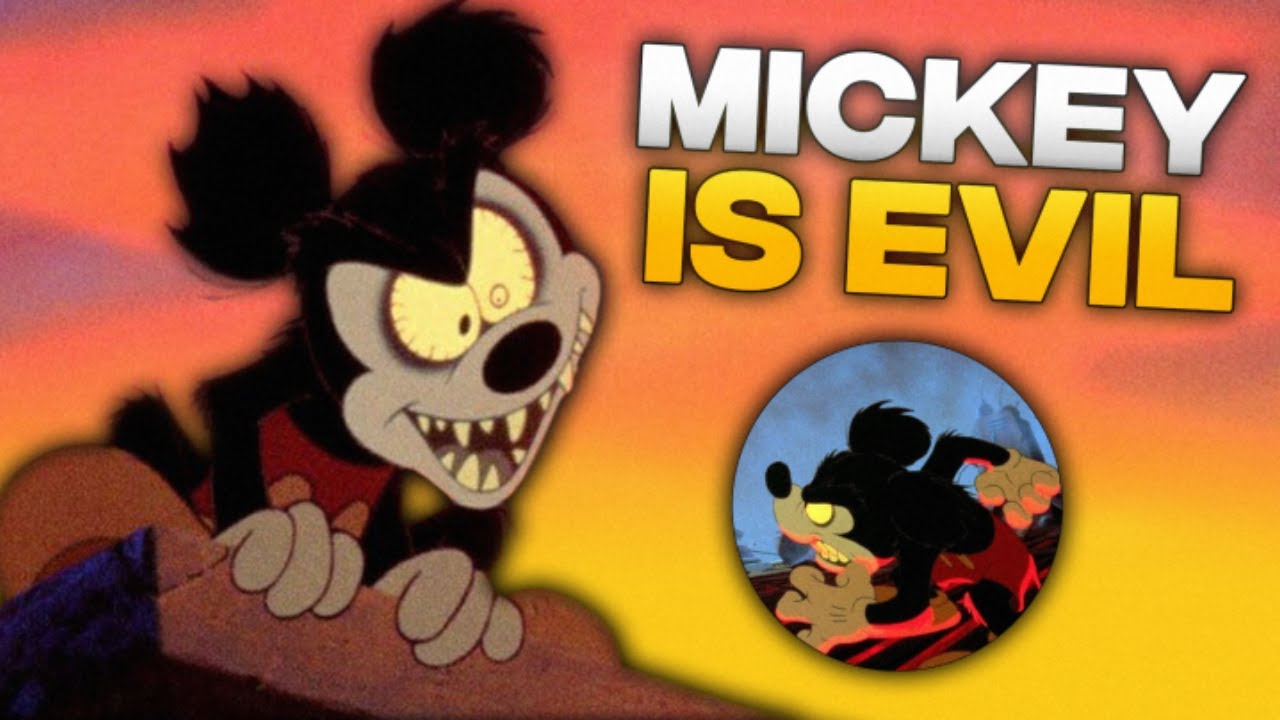
The Rise and Fall of Mickey Mouse: Five Critical Factors

1. Cultural Relevance vs. Stagnation
Mickey Mouse began his journey as a bit of a troublemaker. Remember “Steamboat Willie”? He was bold, cheeky, and full of life. Fast forward nearly a century, and we’ve got a character who seems more like a glorified corporate mascot than a living, breathing personality. Disney has opted for a safe and sanitized version of Mickey, which doesn’t resonate with today’s audience, who want characters that challenge norms and tackle real-life issues.
Just consider how shows like “Steven Universe” introduce complex themes that speak directly to contemporary challenges. Mickey’s unwavering innocence feels more like a relic of the past than a reflection of today’s multifaceted cultural landscape. His charm has not quite kept pace, raising eyebrows and sparking the question: what killed Mickey Mouse? Could it be that the world’s moved on, and he’s been left in the dust?
2. Streamlining of Brand Narrative
Disney’s strategic hands have been busy, transitioning towards blockbuster franchises like Marvel and Star Wars, which have characters dripping with depth and complexity. Take Iron Man, for example. He’s got a character arc that takes him from a selfish arms dealer to a self-sacrificing hero. By comparison, Mickey’s never really stretched beyond “the cheerful mouse.”
As a result, when folks think of Disney, it’s often heroes that leap immediately to mind. These franchise universes have overshadowed Mickey, nudging him to the sidelines of corporate strategy. It’s a classic case of the mouse being outmuscled by other big characters. This makes us wonder—can Mickey reclaim his place at the Disney table before he becomes nothing more than a nostalgic ghost?
3. Shift to Digital Platforms
Let’s talk about digital. With the revolution of streaming services like Disney+, there’s been a radical shift in how audiences consume content. Sure, there’s a nostalgic spot for Mickey, but when the spotlight’s on Star Wars and Marvel, Mickey can feel like a forgotten friend at a party. Streaming is all about binge-watching, but where does Mickey fit into the picture when the narrative landscape is filled with epic superhero battles and intergalactic voyages?
The answer? He doesn’t. Disney certainly needs to rethink how Mickey can work within the new binge-watching culture. Otherwise, he risks fading into the background, losing his status as the frontman of Disney. What killed Mickey Mouse? One could argue that ignoring the digital shift played a significant role.
4. Market Saturation and Character Overexposure
Mickey Mouse was once a symbol of happiness and childhood whimsy, embodying everything magical about animation. However, his face is so ubiquitous nowadays—think Mickey ears at every theme park and merchandise aisle—that his uniqueness feels diluted. It’s akin to McDonald’s—the happy meal mascot is everywhere, and we see him so often that he becomes just another character in the crowd.
Overexposure is a double-edged sword; while Mickey may be familiar, he no longer carries that special spark. Could it be that Mickey’s reign as Disney’s leading icon has lost its shine? As companies like LEGO have turned their brand into interactive storylines that captivate audiences, one must ponder—can Mickey find a way to reclaim his magic, or will he continue to be lost in the crowd?
5. Generational Disconnect
Let’s face it: generations are changing, and so are the characters that resonate with them. Today’s audience finds joy not just in one iconic figure but in a diverse array of characters that tell their stories. There’s a pull towards representation and relatability—something Mickey, oblivious and perpetually upbeat, might struggle to provide.
Peeking into the hearts of the younger crowd, they flock to layers of personality in characters like Marge from “The Simpsons.” The contrast between these modern tales and Mickey’s simplicity starkly illuminates the potential pitfalls of holding onto an icon who hasn’t adapted to changing expectations. So, what killed Mickey Mouse? Perhaps it’s the notion that times change, but he has not.
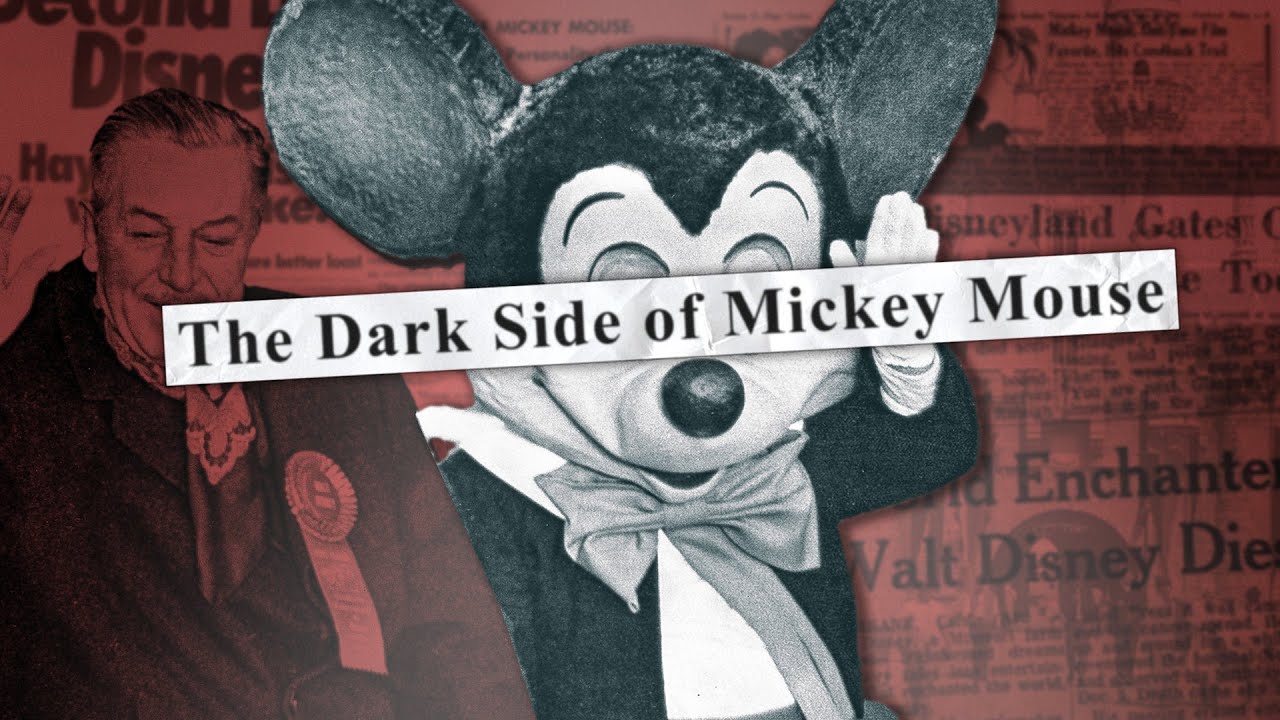
Implications for Disney: What Lies Ahead Post-Mickey Mouse?
Rebranding Strategies
As we reflect on the forces that threaten Mickey Mouse, Disney faces a unique challenge. To stay relevant, they’ll need to revitalize Mickey’s identity. Perhaps they could introduce episodic adventures or even interactive experiences that tap into modern sensibilities. Think of how the ever-innovative LEGO franchise has created multi-faceted entertainment that appeals to adults and kids alike.
Would a series of animated shorts exploring different facets of Mickey’s character breathe new life into him? The journey of rebranding won’t be easy, but it might just be what Mickey needs to dance back into our hearts.
Diverse Character Representation
The introduction of characters from diverse backgrounds and experiences could also rejuvenate Mickey’s stale image. New amigos around Mickey could reflect varied cultures and stories, allowing him to grow while connecting with a broader audience. Just like how the addition of Elsa from “Frozen” brought new energy to the Disney universe, Mickey teaming up with fresh faces could offer a rejuvenation spark.
By letting Mickey shine alongside well-rounded sidekick characters, Disney might nurture a new dynamic that resonates with modern values while drawing on Mickey’s legacy.
Revamping Iconic Images
Lastly, revamping Mickey must go beyond just aesthetics. It’s about challenging the company to explore edgier narratives or themes that resonate with a diverse audience. Take cues from how brands such as Nike continually reinvent their messaging while staying true to their core identity. Disney could use this strategy to explore contemporary social issues while retaining the core essence of Mickey.
Imagine movies or shorts where Mickey tackles challenges with a modern twist—this opens the door for fresh storytelling without diminishing the character’s nostalgic warmth.

The Narrative of Discovery: Lessons from Mickey Mouse’s Journey
As Disney explores what killed Mickey Mouse, the beloved character stands as a case study for many legacy brands facing similar dilemmas. The delicate balance between nostalgia and modern relevance is no small feat, but one ripe with potential.
The key lies in embracing change rather than resisting it. Only through creativity and a keen understanding of current cultural expectations can Disney potentially inject life back into its cherished icon. Mickey Mouse can continue to hold a treasured place in the hearts of future generations—if Disney can crack the code to his revival. After all, no one truly wants to see the end of the mouse that Started it all.
So, will Mickey Mouse fade into oblivion or rise like a phoenix from the ashes? Only time will tell, and as we enter this new era, fans will be watching closely to see how Disney decides to navigate the crossroads ahead. After all, Mickey deserves a fighting chance, don’t you think?
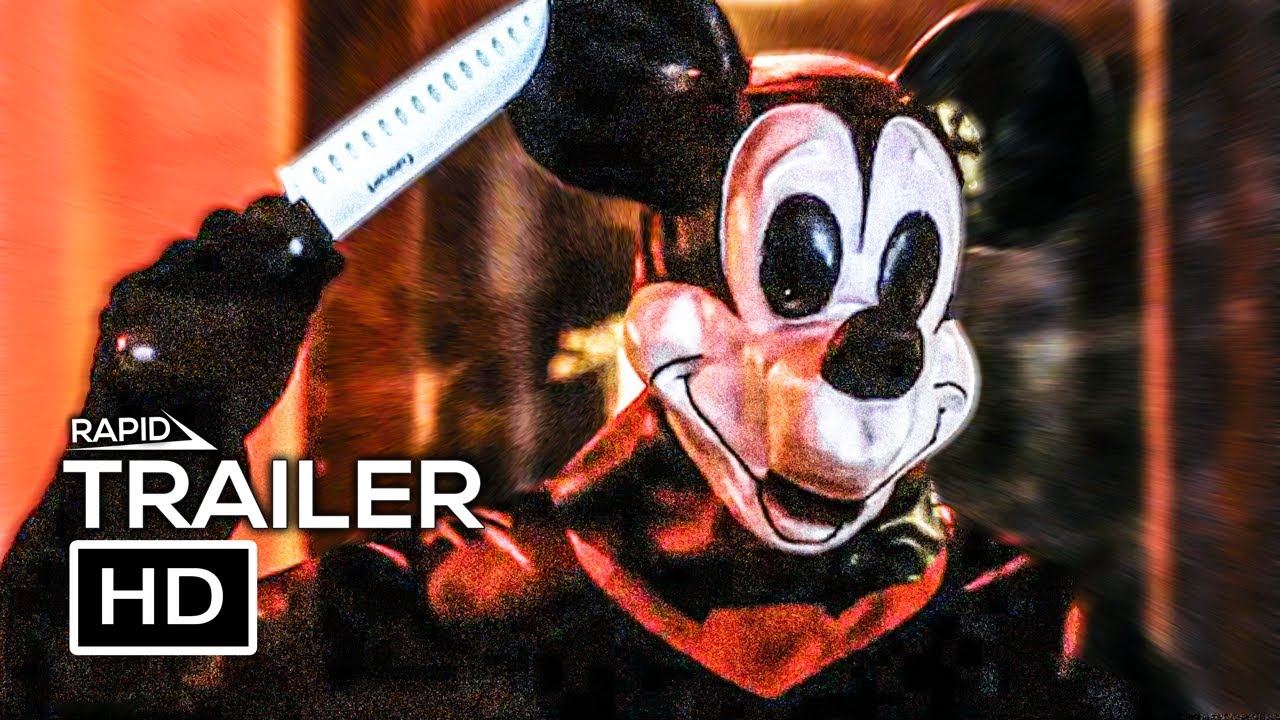
What Killed Mickey Mouse and What It Means for Disney
The End of an Era
The title “What Killed Mickey Mouse” might send shivers down the spine of Disney fans, but it’s worth diving into what it really means for the brand. Mickey Mouse, an icon since 1928, represented joy, adventure, and nostalgia. As the animation industry evolved, Mickey began to fade into the background, somewhat like a forgotten superhero in a comic book shop. This shift mirrors how certain interests, like a Waterslide, can become less thrilling over time, especially when new attractions come along. With families looking for fresh experiences, Disney had to rethink Mickey’s role.
With changing tastes, the character has struggled to resonate with younger audiences. Fact is, younger generations are drawn to characters that seem more relatable or complex. Just like how people flock to a sports star, such as Tyler Badie, who brings modern flair and energy, they want figures who reflect their i.e. their values. It’s a tricky balancing act for Disney to keep Mickey relevant without sacrificing his legacy.
Cultural Impact and Adaptation
Mickey’s decline isn’t completely doom and gloom. The evolution of the character symbolizes how Disney adapts to cultural shifts. Similar to trends seen in fashion or art, akin to what can be found in the Telegramme Nudes series, sometimes things need a refresh to catch the eye and excite the heart. This adaptation goes hand-in-hand with the major shifts in entertainment consumption, reminding audiences that nothing stays the same forever, including animation.
Additionally, insights can be drawn from other sectors; take drug court Programs, for instance. They’re all about transformation and progress, highlighting the necessity of change and growth. Just as these programs strive to help individuals adapt, Disney must develop new narratives that embrace modern themes, paving ways for Mickey to return from the “dead, so to speak. As the landscape continues to shift,What About Tomorrow? resonates more than ever—leading us to ask how icons like Mickey can evolve even in a rapidly changing world.
The Heartbeat of Disney
At the end of the day, Mickey Mouse isn’t just a character; he’s a cornerstone of Disney’s identity. Like the passionate fans who don their Mexico Wbc jersey while cheering with vibrancy, Disney lovers are loyal and eager for transformation. They want to see their beloved mascot thrive in all his glory, surrounded by fresh ideas and creative stories. Even actors like Vincent Pastore have remarked on how vital it is for companies to keep icons relevant, engaging audiences on multiple levels.
In conclusion, “What killed Mickey Mouse” isn’t solely a tale of decline but a call to action for Disney. It’s about reimagining and revitalizing a classic in a time that’s always in flux. Just as each wave on a waterslide brings a fresh thrill, so too can reinvention breathe life back into cherished characters, ensuring they dance on happily ever after.

How did Disney lose Mickey Mouse?
Disney lost Mickey Mouse because the character’s copyright expired 95 years after the release of “Steamboat Willie” in 1928. This means that in January 2024, other creators can use Mickey Mouse without prior permission from Disney.
What is the Mickey Mouse problem?
The Mickey Mouse problem explores how people understand and relate to fictional or supernatural beings, particularly which ones can inspire belief or religious devotion. Researchers have asked participants to create their own imaginary agents with various supernatural powers to shed light on this issue.
What is Mickey Mouse’s disorder?
Mickey Mouse doesn’t have a disorder in the medical sense, but the term “Mickey Mouse” is used within medical contexts to describe specific conditions, particularly a rare pattern seen in Paget’s disease.
What is the evil Mickey Mouse?
Evil Mickey Mouse, also known as Michael Mouse, serves as a secondary antagonist in the Puppet Pals series and is portrayed as an imposter of the beloved Disney character, Mickey Mouse.
What happened to Mickey Mouse in 2024?
In 2024, Mickey Mouse’s copyright expired, meaning the character entered the public domain, allowing others to use him freely without legal consequences.
What copyright did Disney lose in 2024?
In 2024, Disney lost the copyright to the original depiction of Mickey Mouse, which had protected the character from being used by others without permission since his debut.
What is the story behind the Mickey Mouse?
Mickey Mouse first hit the scene in 1928 with “Steamboat Willie,” and since then, he’s become an iconic figure symbolizing creativity and joy, often embodying the spirit of Disney itself.
Why Mickey Mouse is stopped?
There’s no official reason for why Mickey Mouse movies stopped being made, but it could be due to a combination of changing audiences and Disney focusing on new projects, characters, and content styles.
What is the story of Mickey virus?
The “Mickey virus” isn’t a widely recognized concept; it might refer to fan-created stories or media that involve Mickey Mouse in unusual or fantastical scenarios.
What gender is Mickey?
Mickey Mouse is typically considered male, representing a classic male cartoon character with a cheerful personality.
Is Mickey Mouse 93 years old?
As of now, Mickey Mouse is 95 years old, having been created in 1928.
What does Mickey Mouse mean in slang?
In slang, “Mickey Mouse” can refer to something that’s trivial or of lower quality, often used to express discontent with something viewed as unprofessional or simplistic.
What is killed Mickey Mouse?
Rumors about Mickey Mouse being “killed” reference fan theories or dark humor rather than actual storylines; he’s still very much alive in the realm of entertainment.
Did Mickey Mouse ever swear?
Mickey Mouse was designed as a family-friendly character, and there are no instances where he has ever been portrayed using profanity in any official Disney content.
What is Mickey short for?
Mickey is short for “Mickey Mouse”; there isn’t a longer name associated with him, as he’s simply known as Mickey.
Why did Disney stop making Mickey Mouse movies?
Disney doesn’t actively produce Mickey Mouse movies anymore, potentially to refresh its brand or focus on newer characters and franchises that appeal to the current generation.
Did Disney lose the rights to Winnie the Pooh?
Disney didn’t lose the rights to Winnie the Pooh in 2024, but the original version of Pooh does enter the public domain, much like Mickey Mouse, due to copyright expiration.
How to get copyright permission for Disney?
To get copyright permission from Disney, you typically need to submit a formal request detailing your intended use and abide by their licensing guidelines, which can often be a complicated process.
Why did Walt Disney pick Mickey Mouse?
Walt Disney chose Mickey Mouse due to a desire for a character that was appealing, relatable, and had a playful personality; Mickey’s charm resonated with audiences and became a symbol for the Disney brand.




